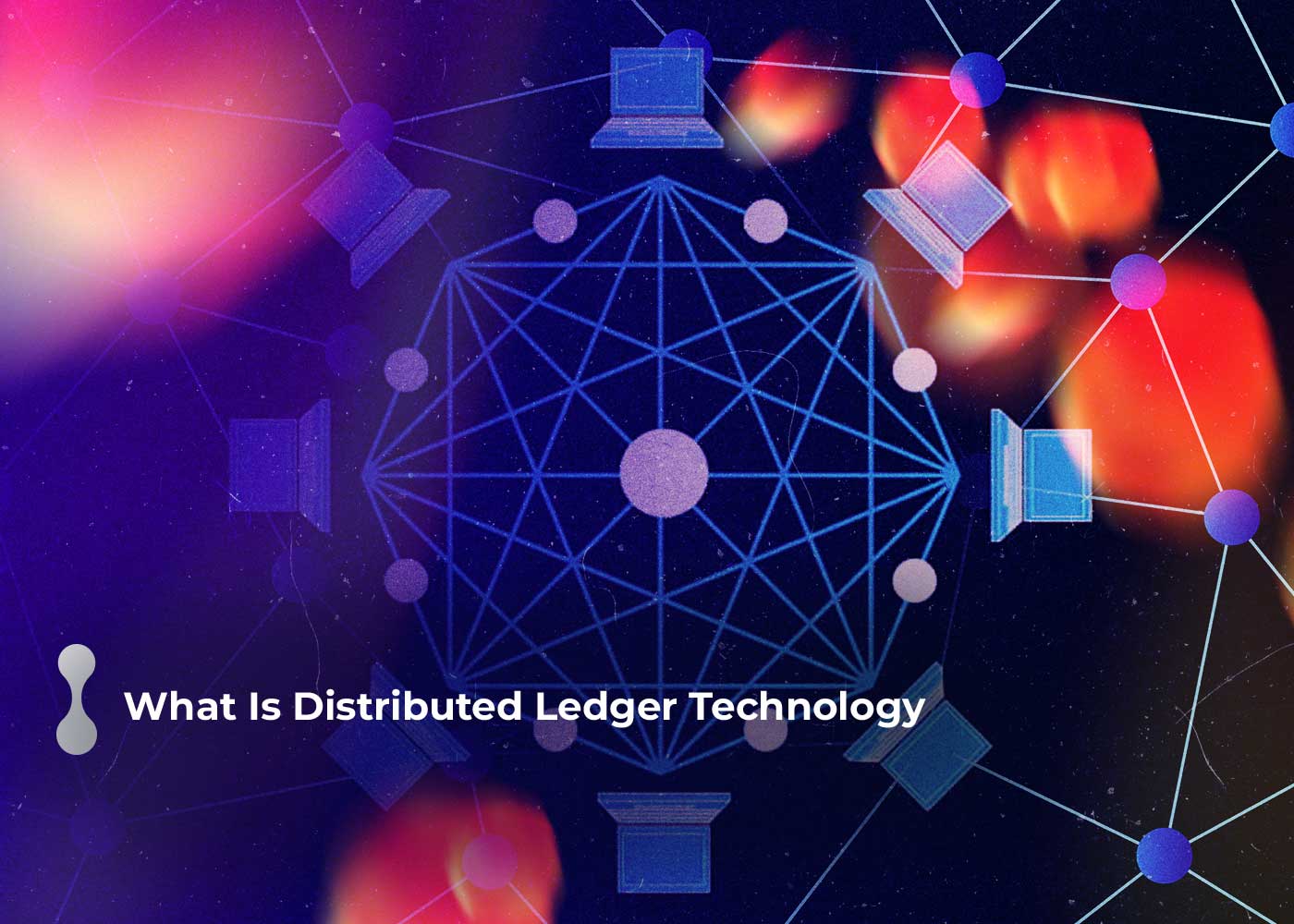A distributed ledger, often referred to as a shared ledger, can be defined as follows. It is a database shared by consensus among a large number of sites and regions over a peer-to-peer (P2P) network, without the need for a central authority.
Each participant is an open witness to the transactions or information recorded in the distributed ledger. In the shared network, all participants have the same copy of the data. This makes it almost impossible for a single entity to modify the database.
The Database Is Constantly Up To Date
The distributed general ledger differs significantly from the centralized general ledger used by many organizations. A centralized general ledger is highly vulnerable to cyberattacks due to its fragility. In contrast, the distributed general ledger is decentralized. This eliminates intermediaries and increases security.

What Is The Relationship Between Blockchain And Distributed Ledgers?
Distributed ledger technologies (DLT) require a peer-to-peer network and consensus methods for replicating data between nodes. There are other types of distributed ledgers, including blockchain, which is popular among people because of its association with Bitcoin and other cryptocurrencies. We want to emphasize that not all distributed ledgers are blockchains. However, the terms “blockchain” and “distributed ledger” are sometimes used interchangeably. However, this is not the case.
A distributed ledger is a type of replicated, synchronized database that is shared among different sites, servers, and users without the need for a specific data structure or central authority.
Different servers exchange information to obtain the latest transaction records. Essentially, the inventor of the distributed ledger can control the structure, privacy, and operation of the distributed ledger, making it decentralized.
Blockchain technology uses cryptography to verify and record all events through a consensus process, creating a unique type of distributed ledger that forms an immutable database typically shared by a decentralized network. Each transaction block is linked to its cryptographically verified predecessor, creating an unbroken chain of time-stamped and dated records.
Various Distributed Ledger Technologies
In the case of cryptocurrencies, these records are public, and their regulation is determined by the community based on the computational power of its members or their contribution to asset valuation. In contrast, enterprise blockchains based on Hyperledger Fabric, R3, Rope, Ripple, and Ethereum technologies allow developers to design privacy and scalability as they see fit.
The main difference between blockchain and distributed ledgers is that blockchain requires consensus among nodes, while distributed ledgers can operate without network-level validation.
You might check: The Fintech Giant Of Kazakhstan KASPI.kz Grew By 37% In 2022
